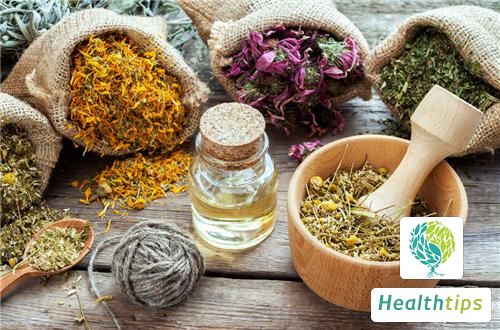Pinellia ternata is also known as "Fenggoushu", "Tiansanqi", and "Tubanxia". It can be cultivated in most parts of China and is generally dug up in autumn and winter. After cleaning the outer skin and fibrous roots of Pinellia ternata, boiling it in water and drinking it has the effects of detoxifying and reducing swelling, resolving phlegm and relieving cough, stopping bleeding, and drying dampness. When the human body is bitten by poisonous insects, suffering from cough with excessive sputum, scabies, etc., Pinellia ternata can be used for treatment to help the body disinfect and dispel dampness, and restore healthy physical condition. Pinellia ternata has the effects of reducing adverse qi and stopping vomiting, eliminating nodules and dispersing masses, and drying dampness and resolving phlegm. It can treat dampness phlegm, vomiting, nausea, excessive phlegm in cough and asthma, chest and diaphragm distention, headache, dizziness. It can also treat abscesses externally. Its raw use externally treats abscesses and phlegm nodes, which can be used for diseases such as excessive phlegm in cough and asthma, dizziness caused by fluid retention, chest and abdominal distress, vomiting and nausea, chest and abdominal distress, and plum-like qi syndrome. The main drug that has the effect of reducing adverse qi and stopping vomiting is ginger-processed Pinellia ternata. (1) Drying dampness and resolving phlegm: Pinellia ternata is a drug used to clear thin and damp phlegm and cold phlegm, often combined with dried tangerine peel. (2) Reducing adverse qi and stopping vomiting: It has a significant effect on reducing adverse qi and stopping vomiting, and can be used for various types of vomiting, especially suitable for abdominal pain and vomiting caused by obstruction of dampness and turbidity, often combined with ginger and Poria cocos. If there are symptoms of heat vomiting, heat-clearing and fire-purging drugs can be taken at the same time. (3) Reducing swelling and relieving pain: It can be used externally to treat sores, abscesses, and venomous snake bites. (4) Benefiting the throat: Pinellia ternata is pungent and warm, and has the effect of resolving phlegm and opening up blockages. It can treat phlegm accumulation in the throat. The difference between Pinellia ternata and Pinellia rhizome: 1. The original plant of Pinellia rhizome is the dried tuber of Pinellia ternata (Thunb.) Breit. belonging to the genus Pinellia of the family Araceae. The original plant of Pinellia ternata is the dried tuber of Typhonium flagelliforme (Lodd.) Blume belonging to the genus Typhonium of the family Araceae. 2. There are significant differences in the main chemical components of Pinellia rhizome and Pinellia ternata, including β-sitosterol, amino acids, oleic acid, and inorganic element content. 3. Pinellia rhizome and Pinellia ternata have different toxicities, and the toxicity of Pinellia rhizome is 3.2 times that of Pinellia ternata. 4. Compared with Pinellia rhizome, its antitussive and antiemetic effects are stronger than those of Pinellia ternata, and Pinellia ternata has no antiemetic effect.


